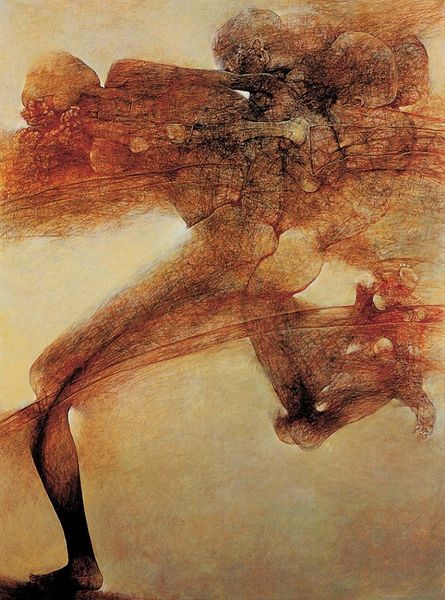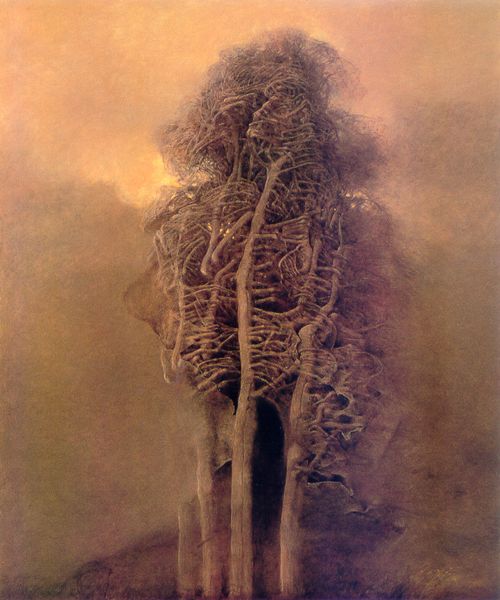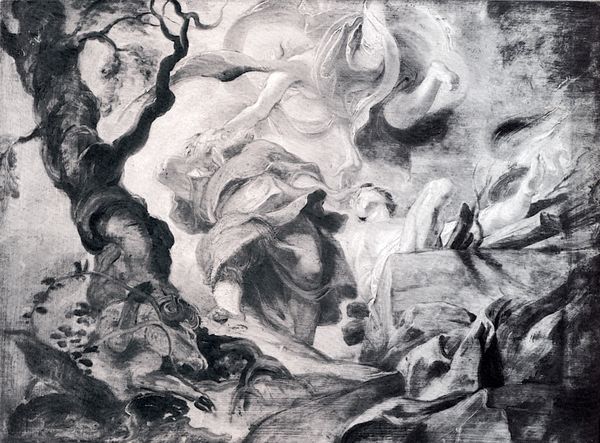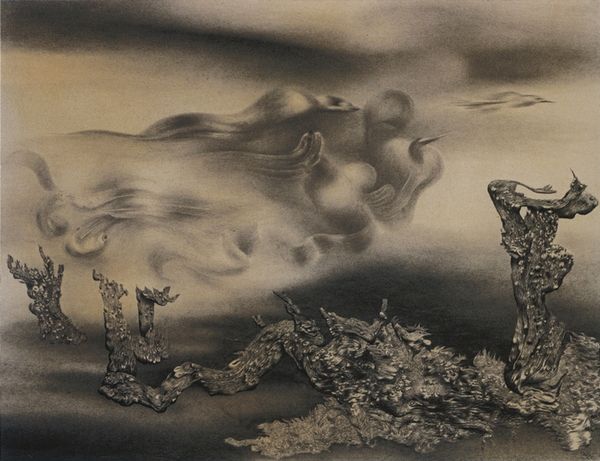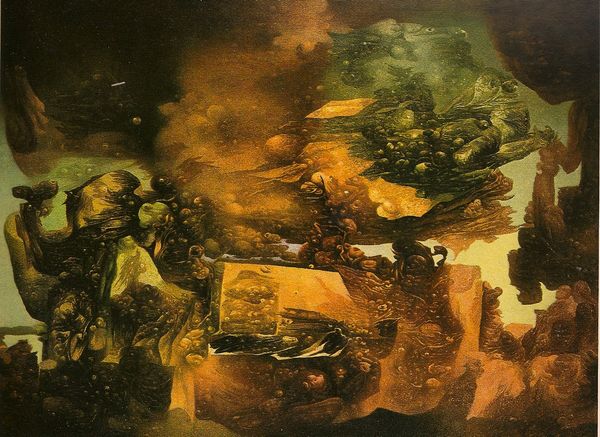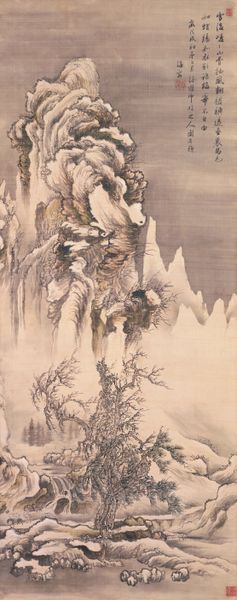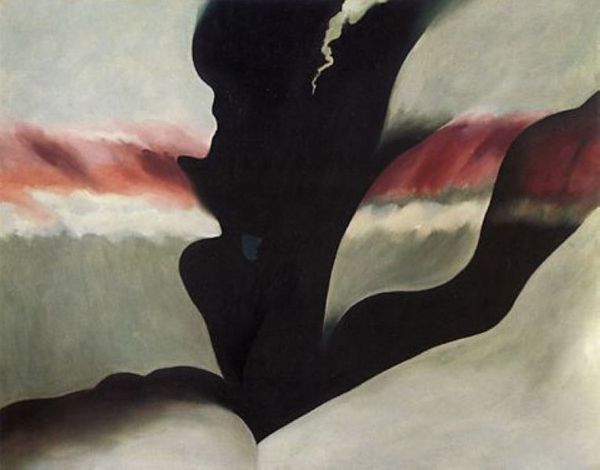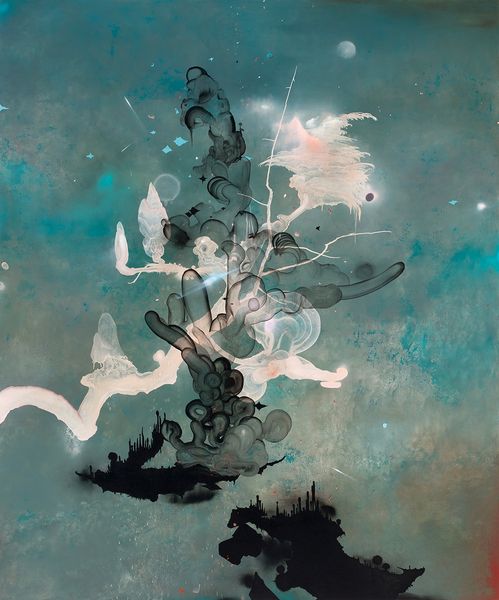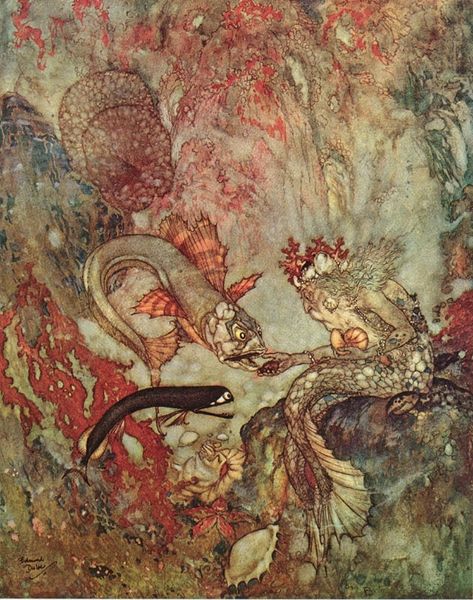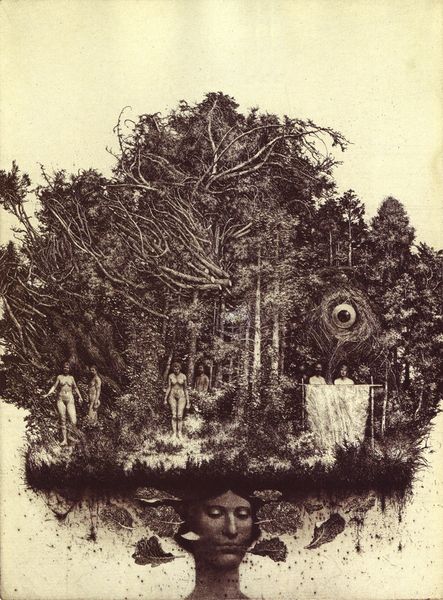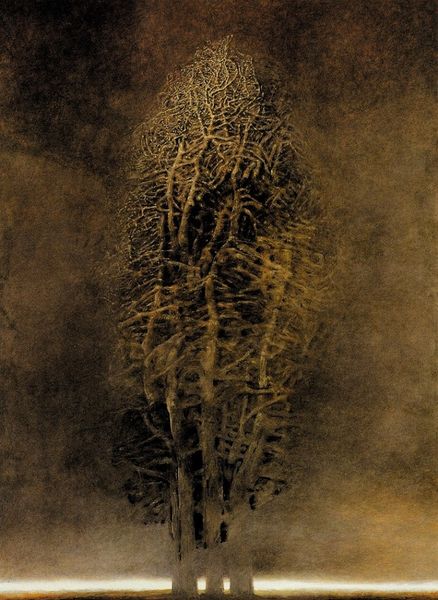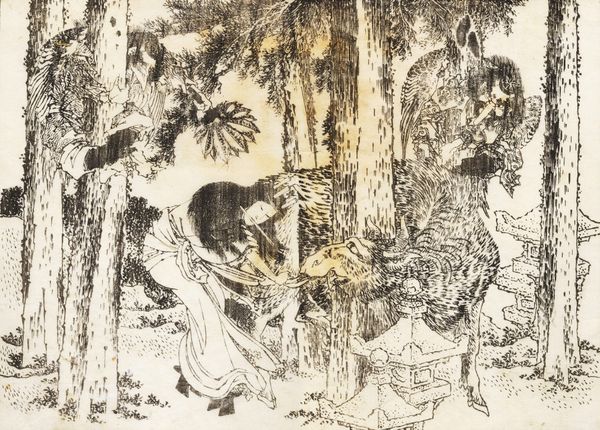
drawing, watercolor, ink
#
drawing
#
narrative-art
#
landscape
#
figuration
#
oil painting
#
watercolor
#
ink
#
romanticism
#
cityscape
#
watercolor
Copyright: Public domain
This "Ruined Aqueduct" was made by Victor Hugo, the great 19th-century French novelist and poet, using ink and wash on paper. These are not traditional fine art materials like oil paint on canvas, but everyday materials. The fluidity of ink and wash lends itself to the atmospheric, almost dreamlike quality of the image. It's not a precise rendering of a specific aqueduct, but rather an evocation of ruin and decay. Hugo’s technique involved layering washes of ink to build up tone and texture, and manipulating the paper while wet to create blurred effects. This working method seems like a parallel to the way a real aqueduct would have been constructed, stone by stone, with expert skill and hard labor. The finished drawing resonates with a sense of time, and the transience of human endeavor. It reminds us that even the grandest structures eventually crumble, overtaken by natural forces. In short, “Ruined Aqueduct” demonstrates how even humble materials can convey profound ideas, blurring the lines between drawing and deeply felt expression.
Comments
No comments
Be the first to comment and join the conversation on the ultimate creative platform.
